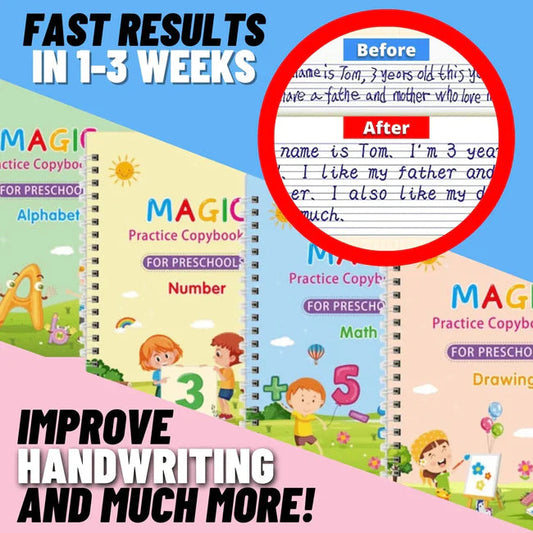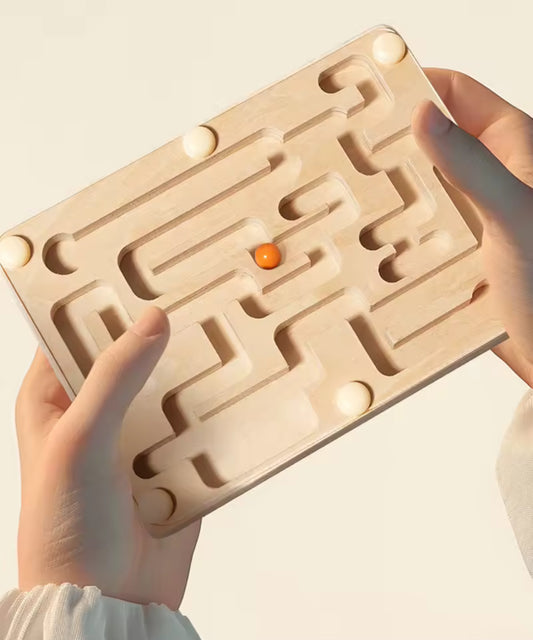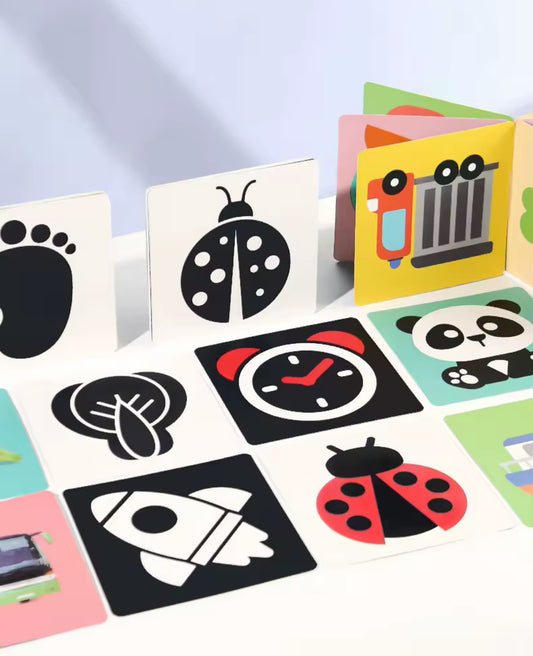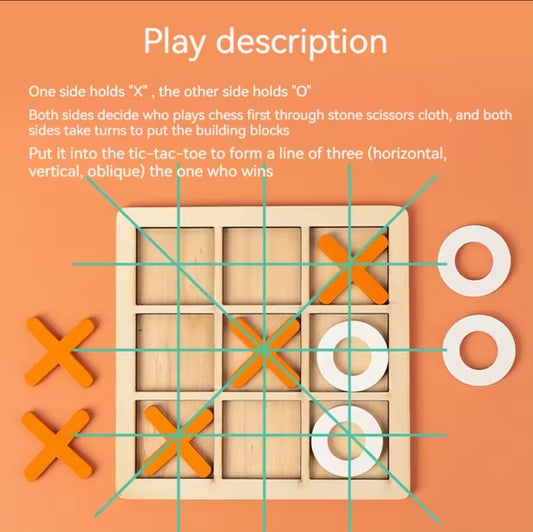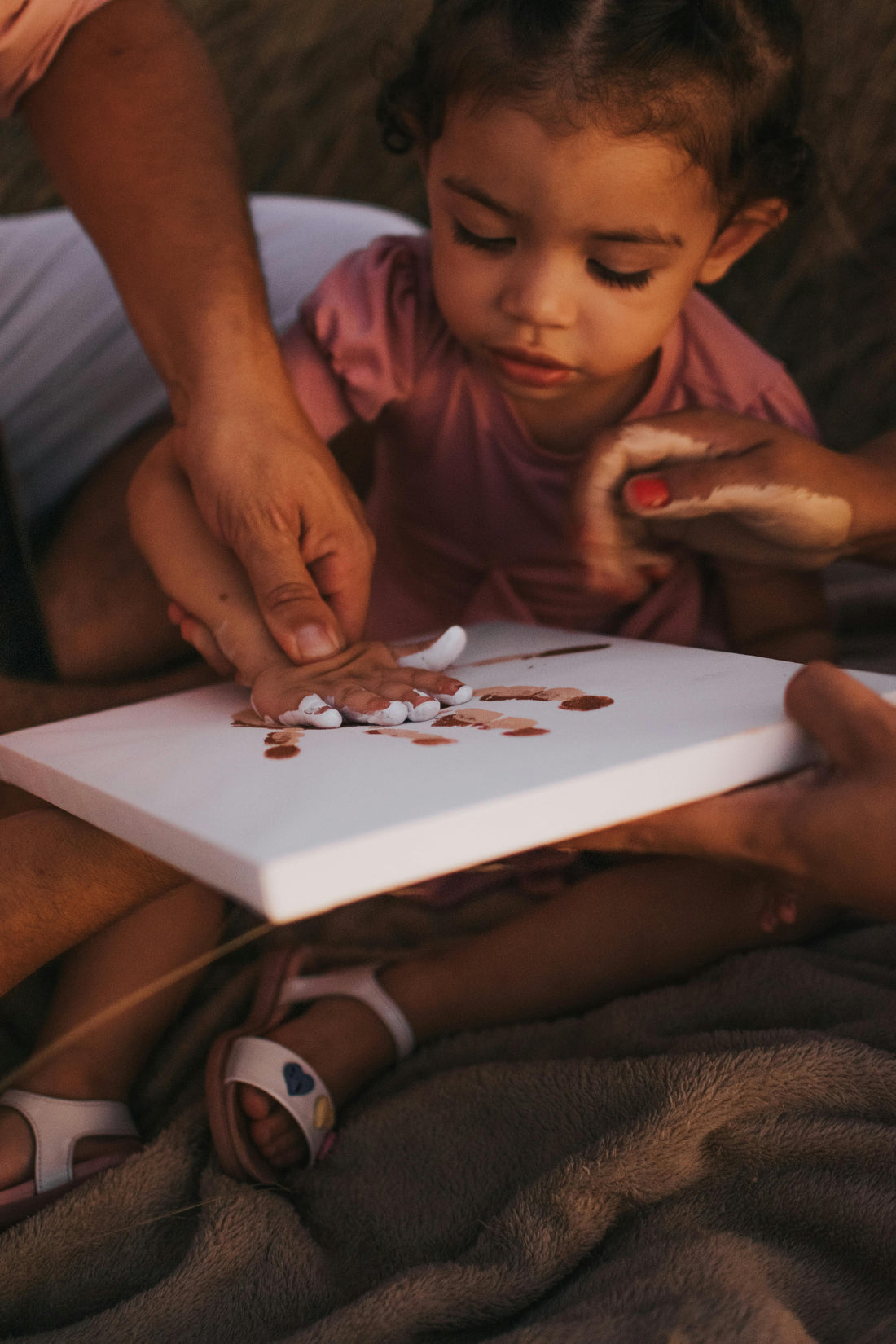
Creating a Child Development Journal: A Meaningful Way to Capture Baby Development at 1 and 2 Years Old
Share
There’s something magical about watching your baby grow from those first sleepy newborn days into a curious toddler. Each giggle, first step, and new word is a milestone you never want to forget. Yet, life moves quickly one day you’re rocking your baby to sleep and the next you’re chasing a giggling 2 year old around the park. That’s why creating a child development journal can be one of the most rewarding and practical keepsakes you’ll ever make.
A child development journal is more than just a baby book or a scrapbook. It’s a living record of your child’s growth, personality, and milestones. It allows you to reflect on your baby’s journey and gives you something to treasure long after those baby days have passed. Whether you’re a first-time parent or adding to a growing family, here’s how to create a journal that beautifully captures baby development at 1 and 2 years old.
Why Start a Child Development Journal?
Parenting can feel like a whirlwind. Between feedings, playdates, and bedtime routines, it’s easy to lose track of the little details that make your baby unique. A child development journal provides a space to:
1. Record milestones: From the first tooth to the first full sentence, writing down these moments helps you remember them clearly.
2. Notice patterns: By tracking behaviors and growth, you can see how your child’s personality is forming and where their strengths shine.
3. Create a family keepsake: Years from now, your child will love reading about their early life through your words
Getting Started: What You’ll Need
The beauty of a child development journal is that it can be as simple or as creative as you like. Some parents prefer a classic notebook or bound journal, while others enjoy digital platforms or even photo books with text entries.
Here’s what you might gather:
1. A sturdy journal or notebook: Choose something you’ll love opening every day whether it’s leather-bound or a cheerful spiral notebook.
2. Pens, stickers, and washi tape: These small touches add color and personality.
3. Photos and mementos: Tiny footprints, birthday cards, or even a lock of hair can make the journal extra specia

What to Include in Your Journal:
Growth charts – Record your baby’s height and weight at regular intervals.
Firsts and milestones – First words, first steps, first favorite song.
Daily or weekly reflections – Capture your feelings and observations.
Funny moments and quotes – Toddlers say the most memorable things.
Photos and artwork – Tape in snapshots or your child’s first crayon drawings.
Baby Development at 1 Year Old
By the time your baby reaches their first birthday, you’ll notice dramatic changes in both physical and emotional development. Around this stage, many children:
- Begin walking or taking their first wobbly steps.
- Say a few simple words like “mama,” “dada,” or “bye.”
- Show curiosity about the world—pointing, touching, and exploring everything within reach.
- Develop fine motor skills like picking up small objects or turning pages in a board book.
- Express preferences for certain toys, foods, or even favorite songs.
Your journal can highlight these milestones by noting the exact day your baby took their first steps or the adorable way they pronounced their first word. Consider adding a short paragraph about how you felt watching these achievements unfold
Baby Development at 2 Years Old
By the time your child turns two, their personality is really starting to shine. The “terrific twos,” as many parents like to call them, are full of discovery and independence. Typical baby development at 2 years old may include:
- A rapidly growing vocabulary many 2 year olds can say 50 or more words and start forming simple sentences.
- Improved coordination, from climbing stairs to kicking a ball.
- A love of pretend play, whether hosting tea parties or playing with dolls.
- A stronger sense of independence, often expressed with the word “No!”
- Early social skills, such as sharing toys (sometimes!) and showing empathy.
This is a perfect stage to capture your child’s favorite games, their funniest phrases, and their blossoming friendships. Jot down the little quirks like how they insist on wearing their favorite hat every day or how they make up silly songs before bedtime
Tips for Staying Consistent
Starting a child development journal is exciting, but consistency can be challenging. Here are some simple strategies:
Set a routine: Choose a regular time—perhaps once a week or at bedtime to jot down notes.
Keep it simple: Even a few sentences or bullet points are enough to preserve memories.
Use prompts: When you’re not sure what to write, answer questions like, “What made my child laugh today?” or “What new word did they learn this week?”
Include your child: As your little one grows, let them help choose photos or scribble in the margins.
The Lasting Value of Your Journal
Years from now, when your baby is all grown up, your child development journal will be a priceless treasure. It will not only remind you of the adorable stages of baby development at 1 and 2 years old, but it will also offer your child a touching glimpse of how deeply they were loved and cherished.
This journal becomes more than just a record of milestones it’s a testament to the bond between parent and child, the everyday joys, and the tiny moments that define a family’s story. Whether you write paragraphs or capture moments in quick snapshots, what matters most is that you’ve taken the time to preserve this precious chapter of lifeCreating a child development journal isn’t about perfection. It’s about love, memory, and connection. With every entry, you’re not just documenting baby development—you’re crafting a narrative of growth, discovery, and the unique journey you and your child share. So grab a notebook, a pen, and maybe a few photos, and begin today. Years from now, you’ll be grateful you captured these fleeting moments while they were still fresh in your heart.


